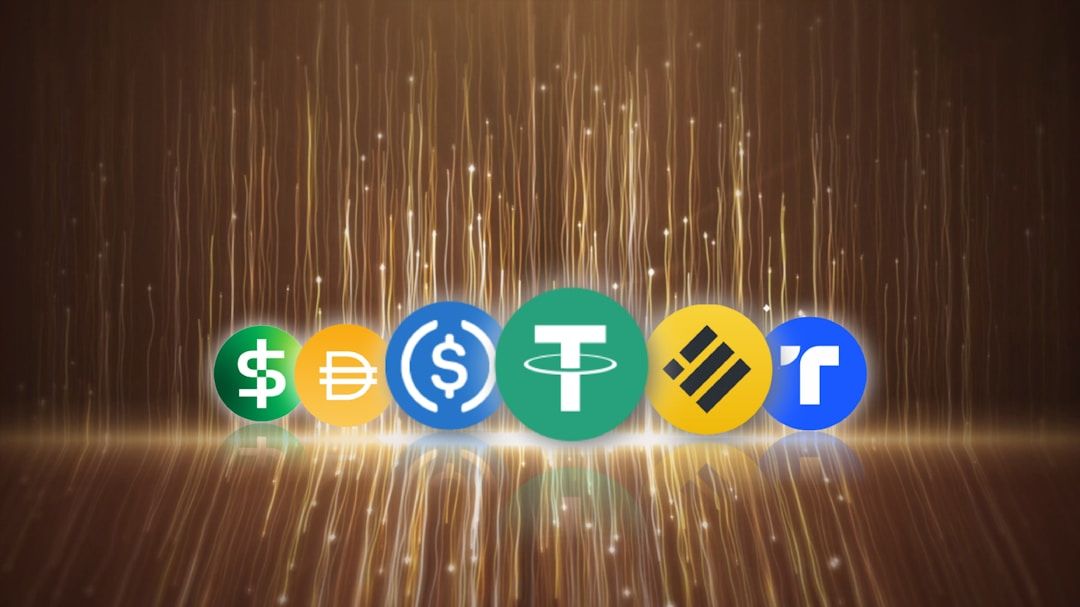Cryptocurrencies are known for their volatility—prices can swing wildly in a matter of hours. But what if you need the benefits of digital assets without the price rollercoaster? That’s where stablecoins come in.
What Is a Stablecoin?
A stablecoin is a type of cryptocurrency designed to maintain a stable value. Unlike Bitcoin or Ethereum, which can rise or fall dramatically, stablecoins are typically pegged to a stable asset—usually a major currency like the US dollar, euro, or even gold.
In short:
Stablecoins = Digital cash that aims to keep its value steady.
Why Are Stablecoins Important?
Stablecoins offer the best of both worlds:
This makes them useful for trading, payments, remittances, and as a safe haven during market turmoil.
Types of Stablecoins
There are several ways stablecoins can achieve price stability:
1. Fiat-Collateralized Stablecoins
These are backed 1:1 by traditional assets held in reserve (usually US dollars). Each stablecoin issued has a real-world dollar in the bank supporting it.
2. Crypto-Collateralized Stablecoins
These are backed by other cryptocurrencies (like Ether), typically using over-collateralization and smart contracts to maintain their peg.
3. Algorithmic Stablecoins
These don’t rely on collateral, but instead use algorithms and smart contracts to control supply and demand, keeping the price stable.
4. Commodity-Backed Stablecoins
These are backed by physical assets like gold or real estate.
Tether: The Biggest Stablecoin
Tether (USDT) is the dominant stablecoin, with a market capitalization exceeding $100 billion as of 2024. It plays a key role in global crypto trading and liquidity. But Tether’s rise hasn’t been without controversy or competition.
Want a deeper dive?Read our full post on Tether and why it’s now the most profitable company in 2024.
Why Use Stablecoins?
Quick transfers with minimal fees—24/7, globally
Hedge against crypto volatility
Easy way to move between exchanges
Accessible entry point for new crypto users
Final Thoughts
Stablecoins are the digital bridge between traditional finance and crypto. Whether you’re a trader, business, or just getting started, understanding stablecoins is essential for navigating today’s digital economy.


